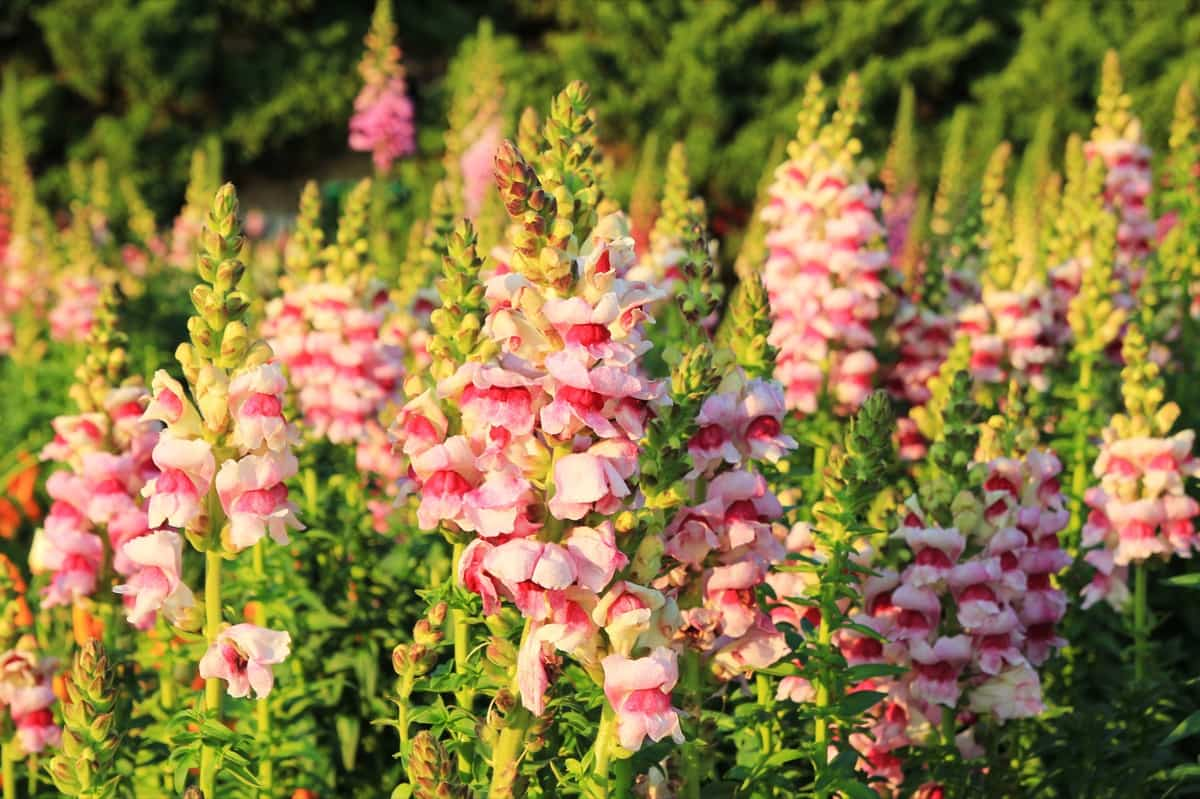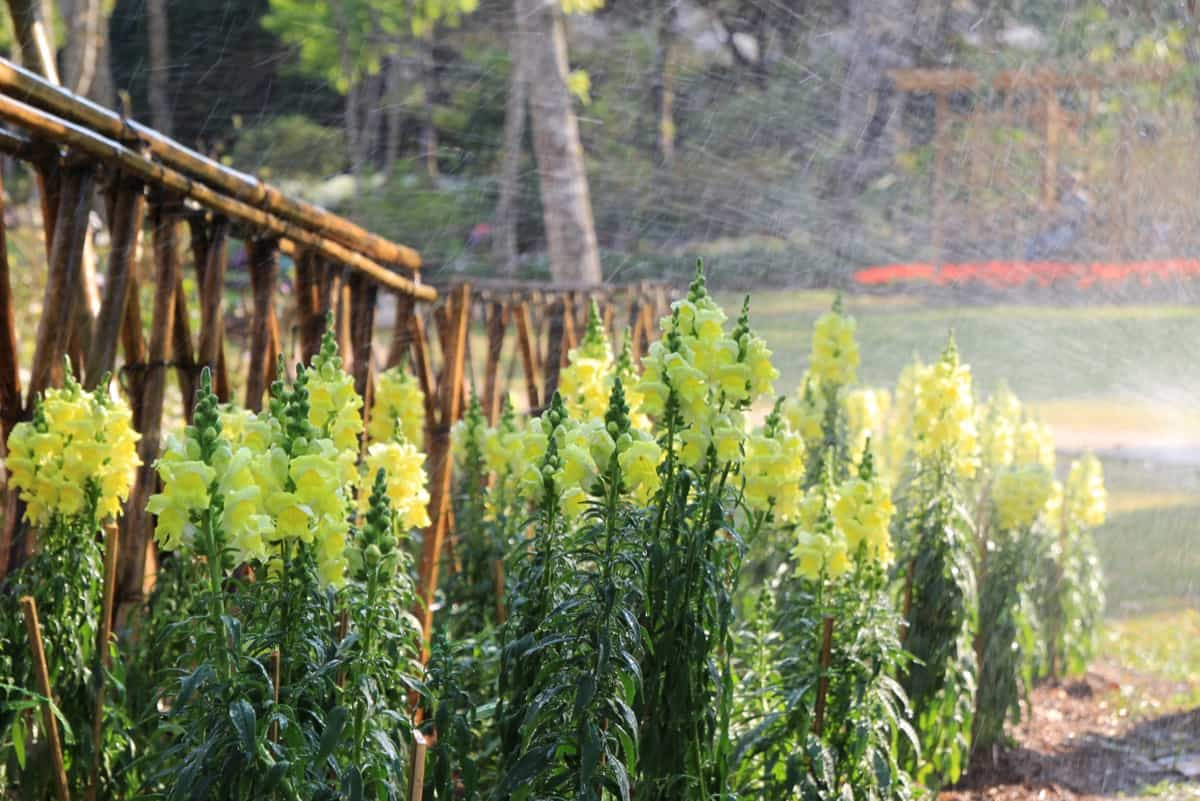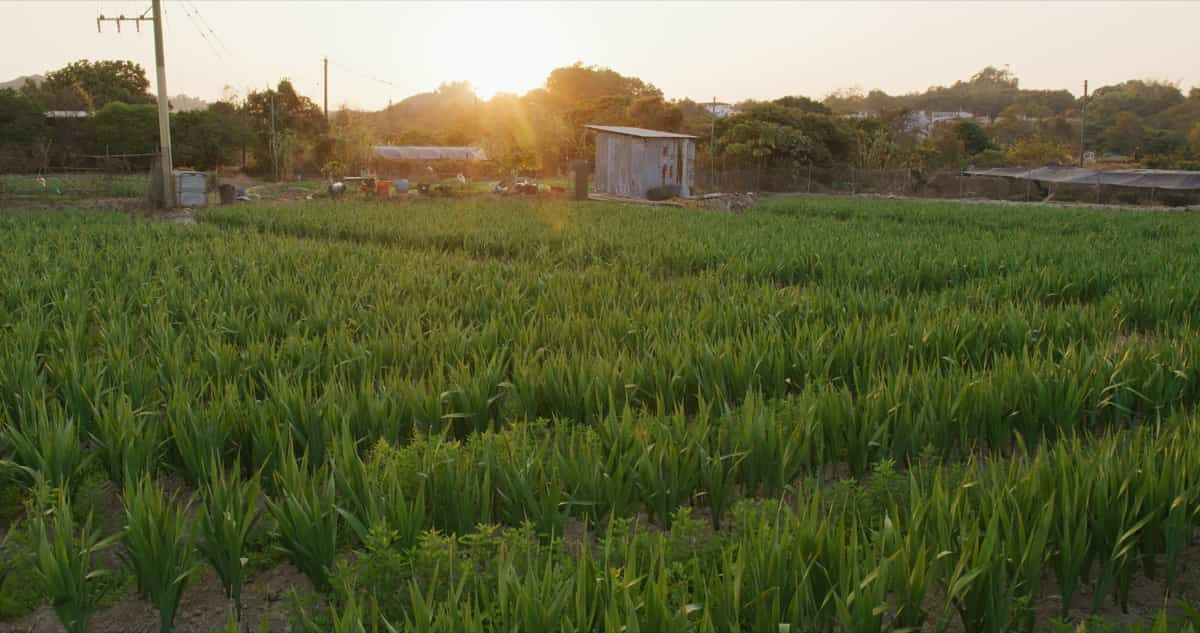Welcome to our blog on Common Gladiolus plant diseases and control! This article will explore the causal organisms, damage symptoms, spread, treatment options, prevention strategies, and management techniques for these diseases. Join us as we provide accurate information on protecting your gladiolus plants and ensuring a healthy yield. Let’s dive in!

Major and Common Gladiolus Damaging Diseases
Gladiolus is a herbaceous perennial plant in the Iridaceae family, native to South Africa. This group of plants is characterized by its tall and erect stems reaching 2 to 6 feet in height, fan-shaped leaves, and vibrant, showy flowers. The flowers of Gladiolus plants are composed of six petals, known as tepals, which exhibit a wide range of colors and patterns.
The plants are known for their versatility and adaptability, able to grow in various soil types and climates. With their striking appearance and diverse cultivars, Gladiolus plants are popular for garden enthusiasts and florists, adding beauty and color to landscapes and floral arrangements.
List of Major and Common Diseases of Gladiolus
- Fusarium Corm Rot Disease: Causes rotting and decay of corms, leading to defoliation and reduced yield.
- Botrytis Blight Disease: Causes browning, wilting, and decay of the foliage and flowers, resulting in yellowing and plant death.
- Rust Disease: Rust appears with reddish-brown pustules on the leaves and stems, resulting in chlorosis and stunted growth.
- Leaf Spot Disease: Fungus attacks leaves, causing circular or irregularly shaped brown spots.
- Corm Rot Disease: Pathogens attack gladiolus corm, causing rot, decay, and plant death. It is often favored by excessive soil moisture.
- Smut Disease: Produces black, powdery spore masses on the flowers and reproductive structures of the plants.
- Bacterial Soft Rot Disease: Bacterial infection causes soft rotting of the corms and other plant tissues.
- Fusarium Wilt Disease: Affects the vascular system of the plants, causing wilting, stunting, and yellowing of the leaves.
- Penicillium Rot Disease: Penicillium rot causes blue-green mold and decay of the corms, often occurring during storage.
- Iris Yellow Spot Disease: Viral infection causing yellow streaks and necrotic leaf lesions. It is transmitted by onion thrips (Thrips tabaci).
Fusarium Corm Rot Disease Control in Gladiolus
- Causal Organism: Fusarium spp.
- Symptoms: Infected corms show internal discoloration as brown or dark reddish-brown, external discoloration as patches or streaks, and reduced shoot emergence. They become soft, develop a rotting texture, and emanate a foul odor.
- Spread: Chlamydospores spread via water, soil, and infected corms.
- Treatment: Spray thiophanate-methyl, carbendazim, or fludioxonil. Practice crop rotation, and sanitation, maintain proper irrigation and drainage, and apply soil amendments like organic matter.
Botrytis Blight Disease Control in Gladiolus
- Causal Organism: Botrytis cinerea
- Symptoms: Infected plants show water-soaked grayish-brown lesions, fuzzy grayish mold growth, petal blight, and shoot dieback. The affected plant parts become mushy and exhibit a characteristic soft rot.
- Spread: Airborne conidia and splashing water.
- Treatment: Spray captan, iprodione, or thiophanate-methyl. Practice spacing, sanitation, and maintain drainage.
Rust Disease Control in Gladiolus
- Causal Organism: Uromyces transversalis
- Symptoms: Infected leaves show yellowish or reddish-brown circular lesions, orange to brown rusty pustules, powdery appearance, leaf distortion and discoloration, reduced photosynthesis, and premature leaf drop.
- Spread: Rust-colored spores spread by wind, water, or contact.
- Treatment: Spray azoxystrobin, tebuconazole, or myclobutanil. Practice crop rotation and maintain proper plant nutrition.
Leaf Spot Disease Control in Gladiolus
- Causal Organism: Cylindrosporium gladioli
- Symptoms: Infested plants show purple or black small circular spots; they merge and form irregularly shaped lesions. The lesions have a dark brown or black margin surrounding a lighter-colored center, giving a characteristic “target-like” appearance.
- Spread: Infected leaves, wind dispersal, and rain splashing.
- Treatment: Spray chlorothalonil, mancozeb, or thiophanate-methyl. Monitor the plants regularly and maintain plant nutrition.
Corm Rot Disease Control in Gladiolus
- Causal Organism: Pythium spp.
- Symptoms: Infected corms develop a soft and water-soaked appearance, a cottony texture, and become spongy. They undergo rotting and disintegration, leading to degraded and foul-smelling conditions. The leaves show wilting, yellowing, and necrosis.
- Spread: Infected planting material and waterborne spores.
- Treatment and Management: Spray mefenoxam, metalaxyl, or dimethomorph. Plant corms at the proper depth, ensure drainage and practice soil sterilization.
In case you missed it: Common Lily Plant Damaging Diseases: Symptoms, Treatment, Prevention, and Management

Smut Disease Control in Gladiolus
- Causal Organism: Ustilago gladioli
- Symptoms: Infected plants develop black or brown spore masses, also known as smut galls, on leaves, stems, and flower spikes. They show malformed florets, black or brown patches or streaks, smut spores, or a powdery mass.
- Spread: Airborne spores and infected leaves.
- Treatment and Management: Spray thiophanate-methyl, mancozeb, or metalaxyl. Plant some resistant varieties and avoid excess nitrogen fertilization.
Bacterial Soft Rot Disease Control in Gladiolus
- Causal Organism: Pectobacterium carotovorum subsp. carotovorum
- Symptoms: Infected plant tissues, especially corms, develop soft and water-soaked lesions, become spongy and emanate a foul odor. They show decay, disintegration, a slimy texture, and the formation of a wet, rotten mass. The foliage may show yellowing, wilting, and eventually dieback.
- Spread: Infected planting material, tools, and injuries.
- Treatment and Management: Spray copper hydroxide or copper sulfate. Use antibiotics like streptomycin and oxytetracycline. Avoid mechanical injuries and excess nitrogen fertilization.
Fusarium Wilt Disease Control in Gladiolus
- Causal Organism: Fusarium oxysporum f. sp. gladioli
- Symptoms: Infested plants show chlorosis, wilting of lower leaves, stunted growth, reduced flower production, and vascular discoloration.
- Spread: Contaminated water and soil-borne chlamydospores.
- Treatment and Management: Practice soil solarization, apply soil amendments and avoid mechanical injuries.
Penicillium Rot Disease Control in Gladiolus
- Causal Organism: Penicillium spp.
- Symptoms: Infected corms develop a blue-green mold growth characteristic to the disease, soft rot, become mushy and decay, and often emit a characteristic foul smell, indicating the presence of the rotting Penicillium fungi.
- Spread: Airborne conidia and infected corms.
- Treatment and Management: Spray thiabendazole, imazalil, or benomyl. Store corms in a cool, dry, well-ventilated area with adequate airflow after harvest.
Iris Yellow Spot Disease Control in Gladiolus
- Causal Organism: Iris Yellow Spot Virus
- Symptoms: The characteristic symptom of the disease is the development of elongated or oval-shaped yellow spots on the leaves. They turn necrotic and get surrounded by a yellow halo, giving them a distinctive appearance. Infested plants show flower malformation.
- Spread: Thrips tabaci insects are the disease-transmitting vectors.
- Treatment and Management: Use insecticides that control the thrips population to reduce the spread of the disease, as they are the vectors.
In case you missed it: Common Cotton Damaging Diseases: Symptoms, Spread, Treatment, Prevention, and Management

Conclusion
Some major diseases affecting gladiolus plants include fusarium corm rot, botrytis blight, rust, leaf spot, corm rot, smut, bacterial soft rot, fusarium wilt, penicillium rot, and iris yellow spot disease. Various organisms cause these diseases and exhibit specific symptoms, modes of spread, and management approaches.
- Beneficial Insects in Pest Management
- Natural Solutions for Pest Control in Flower Gardens
- Types of Fungicides Used in Agriculture
- Common Issues in the Fruit Development Stage of Pomegranate Farming
- Fruit Development Issues in Papaya: Easy Solutions and Treatment
- Soil-Borne Diseases and How to Protect Your Plants
- Practices to Prevent Disease Spread in the Garden
- From Wilted to Thriving: How to Treat Root Rot Naturally in Houseplants
- Natural Remedies to Cure Brown Spots on Fig Tree Leaves